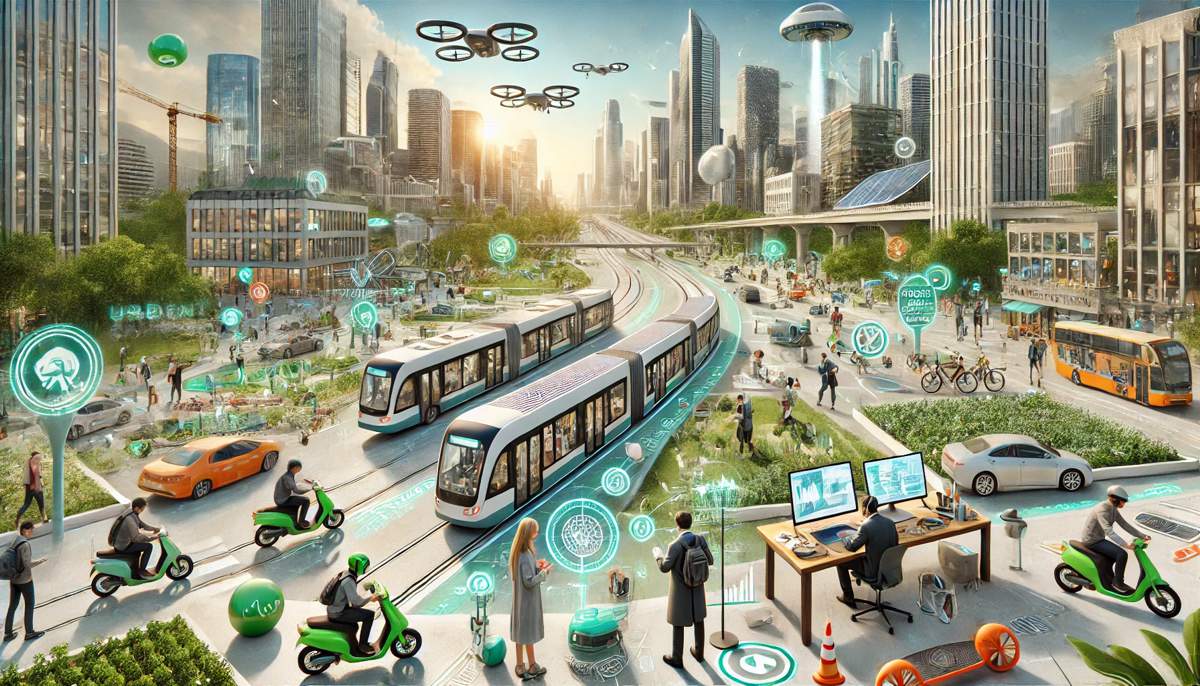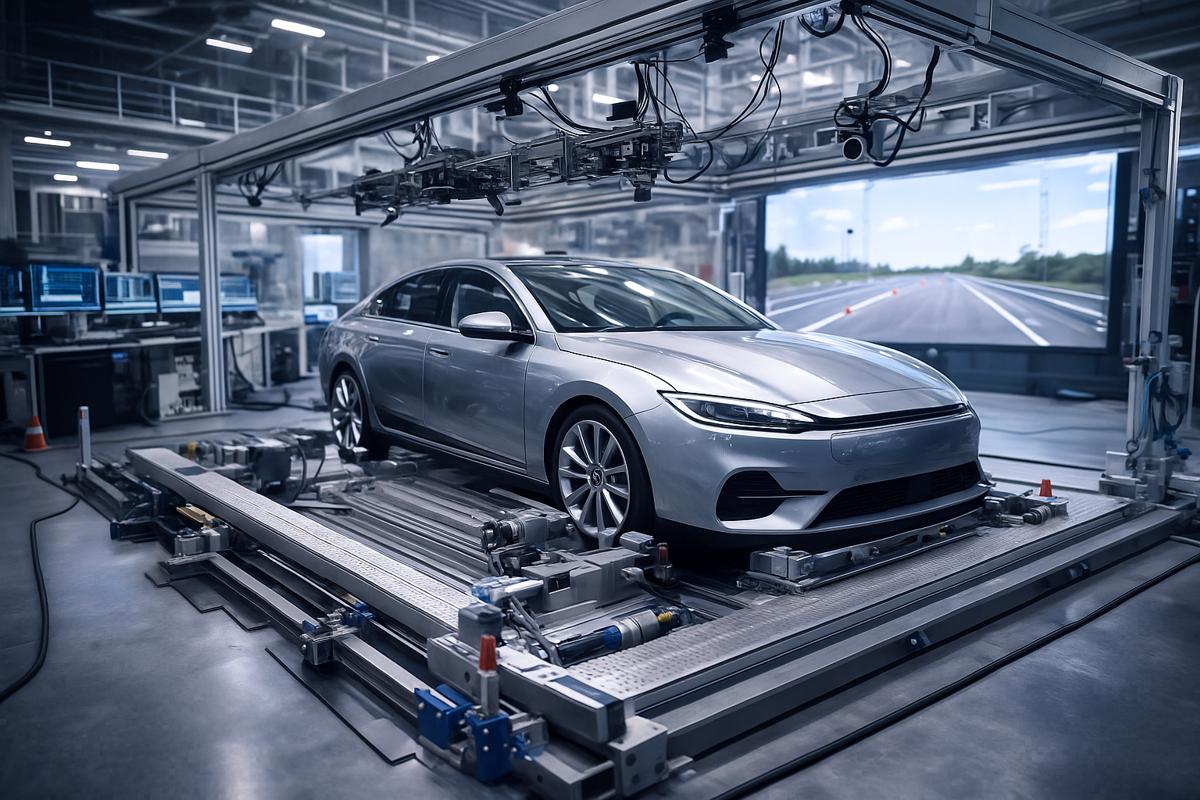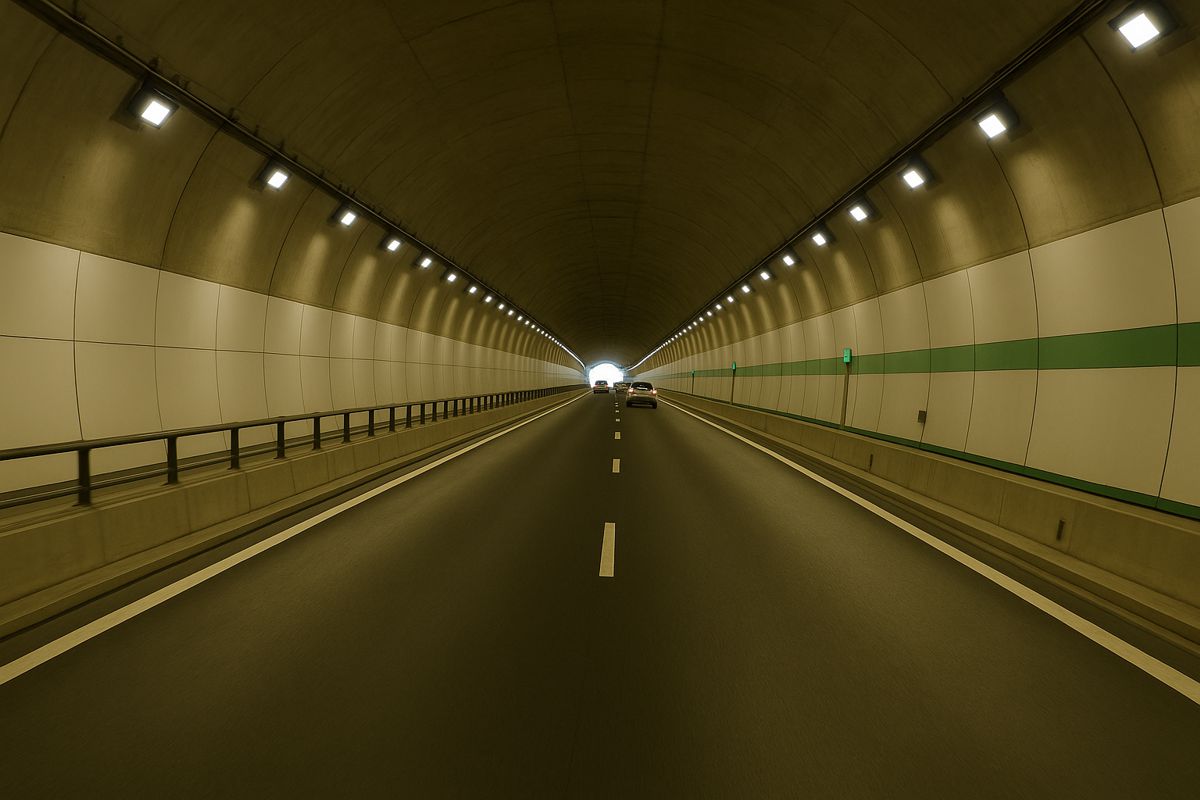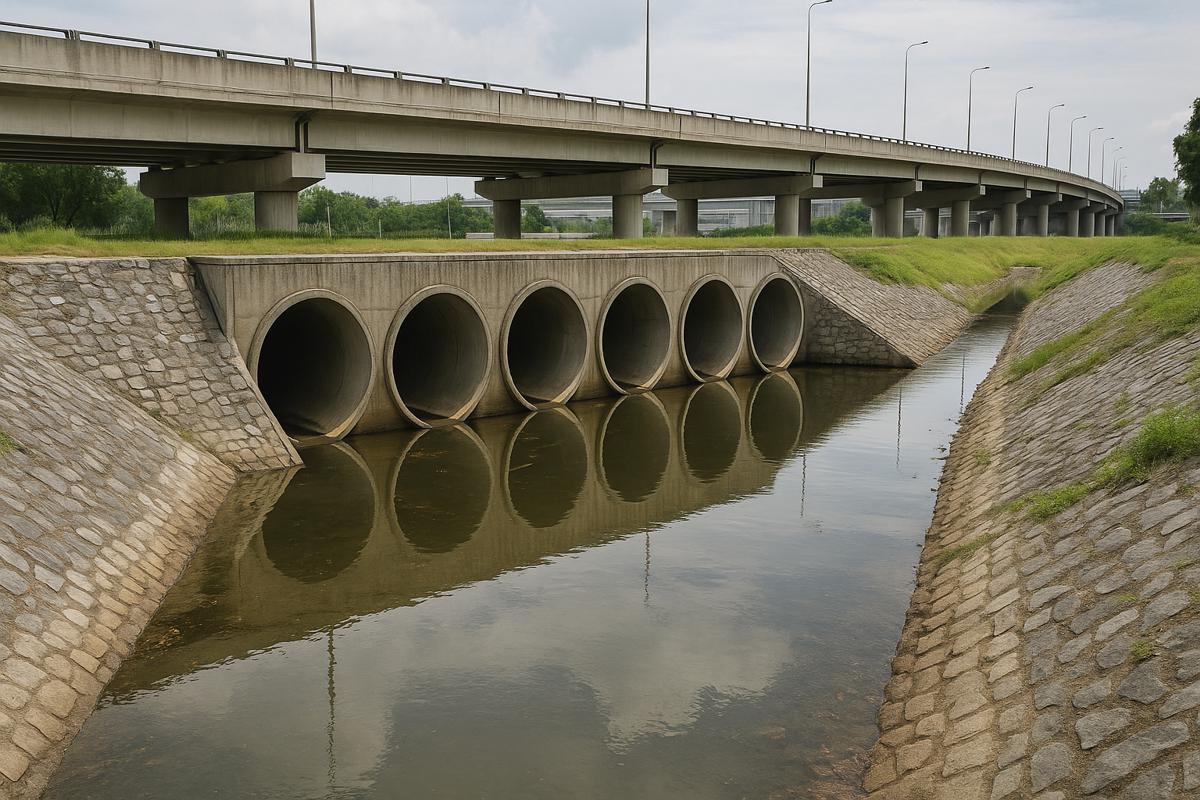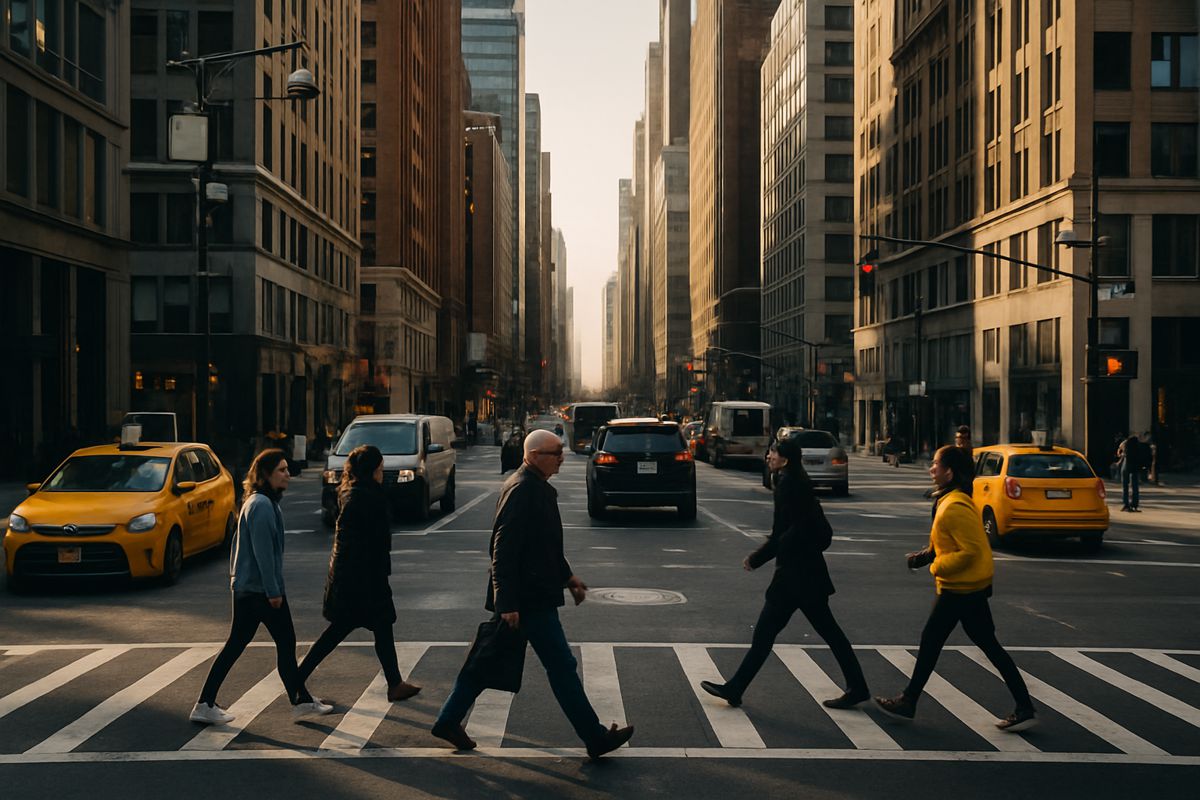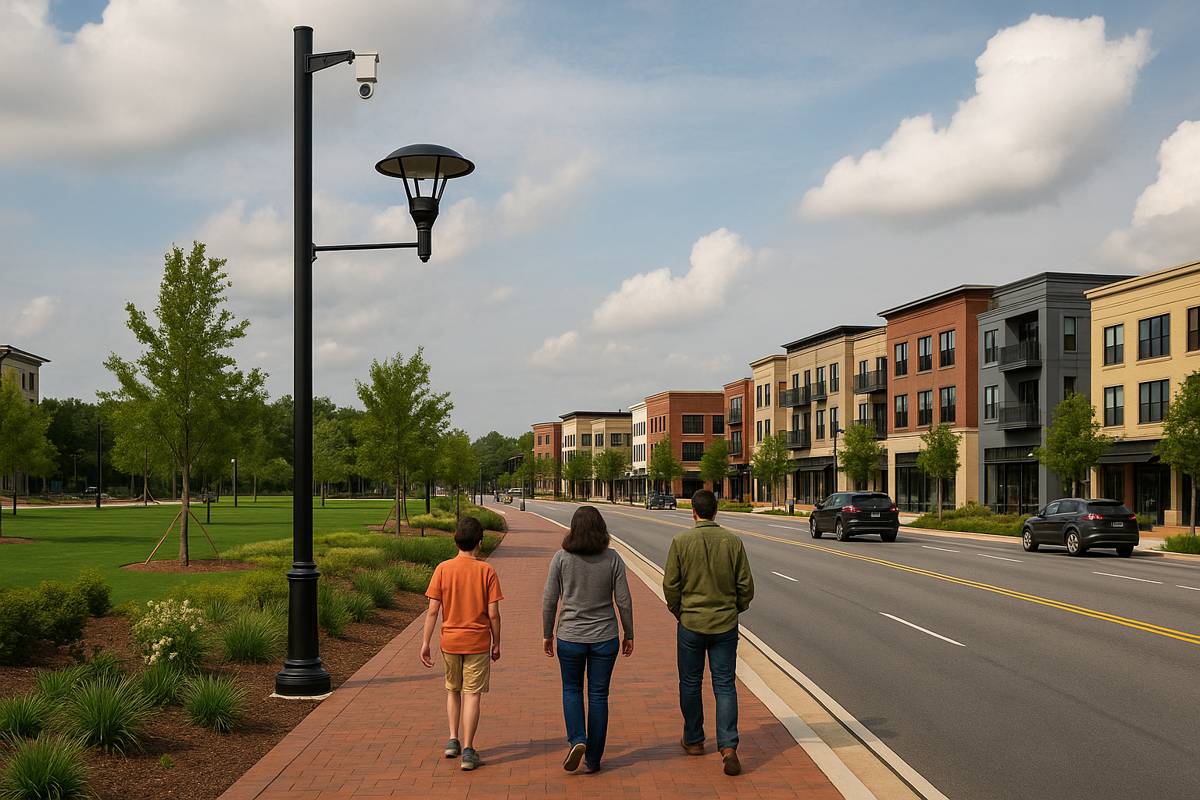Students Are Leading the Innovation for Urban Transportation Systems
Urban transportation systems are undergoing a profound transformation. Driven by technological advancements, the pressing need for sustainability, and the growing demand for equitable and efficient transport, cities are reimagining how people and goods move.
Amidst this transformation, students are emerging as unexpected but powerful catalysts for change, infusing urban transportation with fresh perspectives and innovative solutions. Their passion, creativity, and ability to think outside the box are proving invaluable in tackling the complex challenges of urban mobility.
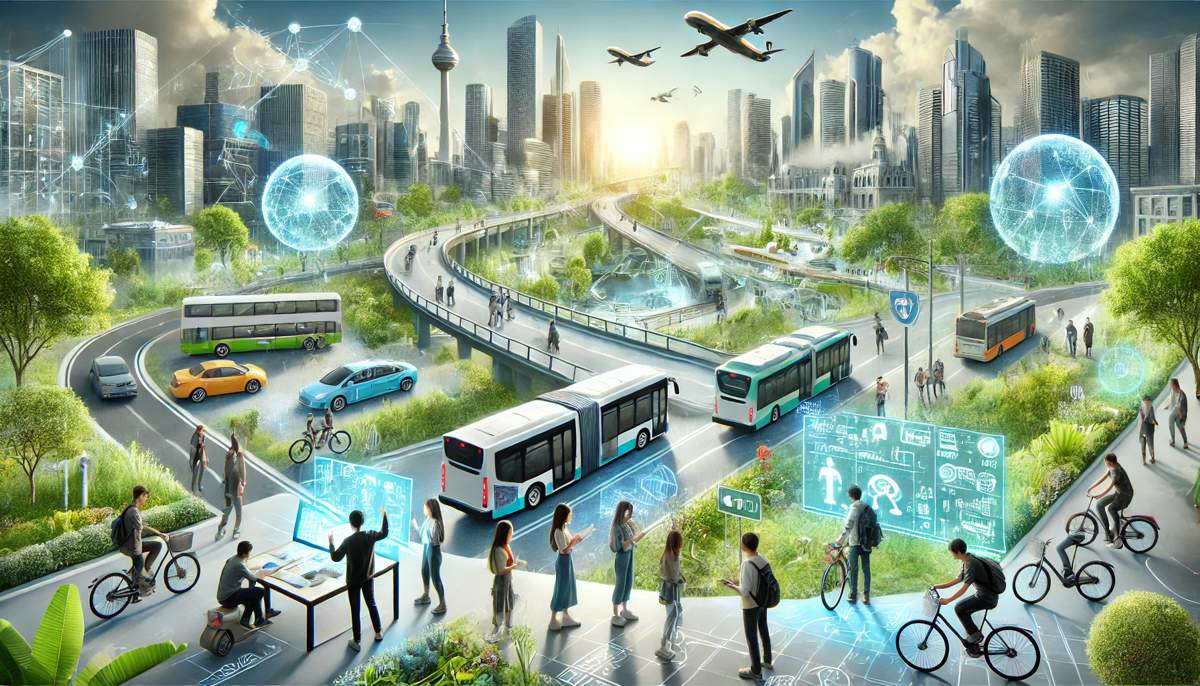
Students’ Role in Urban Transportation Innovation
Students are not only engaging with current transportation challenges but are also deeply invested in providing actionable solutions. Their active participation in research, advocacy, and development reflects their ability to approach problems creatively and practically.
Whether designing sustainable transit systems or working on policy proposals, students bring a unique perspective that often bridges academic knowledge with real-world applications. Those grappling with academic responsibilities while innovating in transportation often turn to services to lighten their workload. Many choose to hire a writer for my paper at PaperWriter, allowing them to focus on their impactful contributions while ensuring their academic commitments are met.
Research and Development
In universities and research institutions around the world, students are conducting ground-breaking research on new transportation technologies. From exploring the potential of electric and autonomous vehicles to developing smart traffic management systems and sustainable infrastructure solutions, their work is pushing the boundaries of what’s possible in urban mobility. This research is often interdisciplinary, drawing on insights from engineering, computer science, urban planning, and social sciences to create comprehensive and innovative solutions.
Entrepreneurship and Business Models
Students are also launching start-ups and developing innovative business models that are disrupting traditional transportation services. Ride-sharing platforms, micro-mobility solutions, and on-demand delivery services are just a few examples of student-led ventures that are reshaping the urban transportation landscape. These ventures often prioritize sustainability, accessibility, and affordability, reflecting the values of a generation that is deeply concerned about the future of our planet and its cities.
Advocacy and Policy Change
Recognizing the importance of policy in shaping transportation systems, students are actively advocating for changes that promote sustainability, equity, and accessibility. They are organizing campaigns, lobbying policymakers, and raising awareness about the need for more sustainable and just transportation systems. Their voices are increasingly being heard in city halls and legislative bodies, as they demand a seat at the table where decisions about the future of urban transportation are being made.
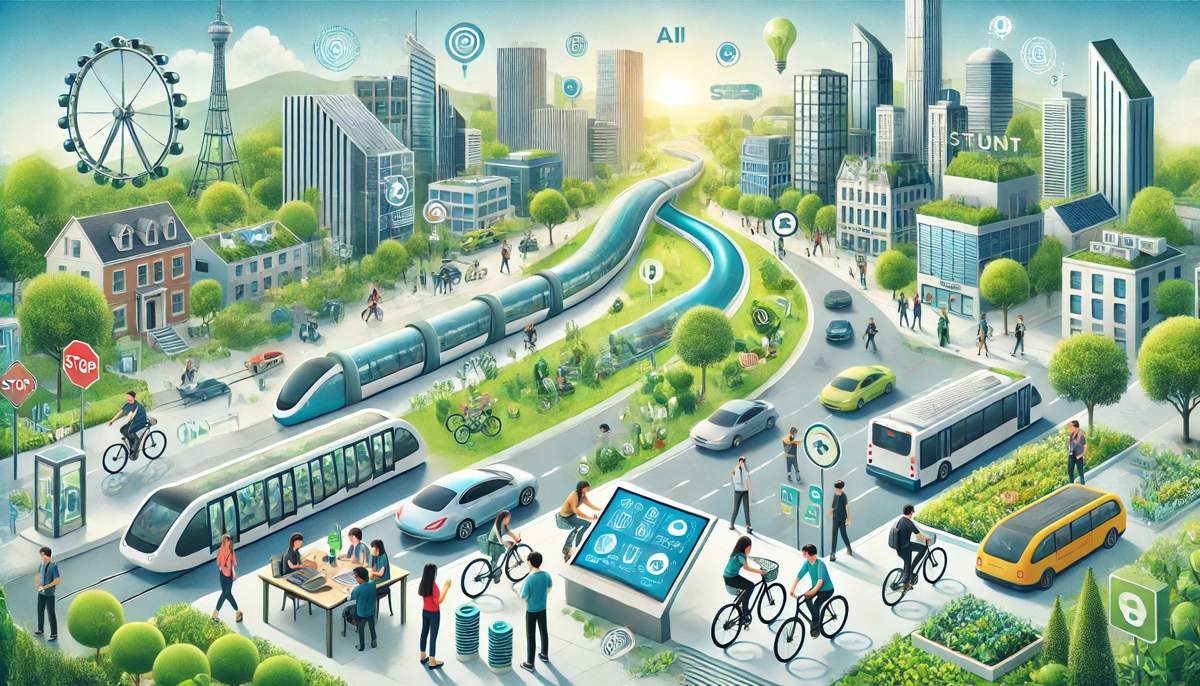
Examples of Student-Led Urban Transportation Innovation
The impact of student-led innovation is already visible in cities around the world.
- Smart Bike-Sharing Systems: Students at the University of California, Berkeley, developed a bike-sharing system that uses electric bikes and GPS technology to optimize bike distribution and usage. This innovative solution addresses the “last mile” problem and promotes sustainable commuting, making it easier and more convenient for people to choose cycling as a mode of transport.
- Autonomous Bus Rapid Transit: At the Massachusetts Institute of Technology, students are pioneering the development of autonomous bus rapid transit systems. By leveraging self-driving technology, these systems promise to improve the efficiency, reliability, and safety of public transportation, potentially transforming the way people move around cities.
- Urban Mobility Apps: Students at the University of Washington created an app that integrates various transportation modes and provides users with real-time information and personalized route recommendations. This app empowers users to make informed decisions and navigate their city efficiently, reducing reliance on private cars and promoting the use of public transport and other sustainable modes.
- Sustainable Infrastructure Design: Student teams are participating in design competitions and research projects focused on sustainable infrastructure solutions. Their ideas for greenways, pedestrian-friendly streets, and energy-efficient transportation hubs are shaping the future of urban spaces, making them more livable, sustainable, and enjoyable for all residents.
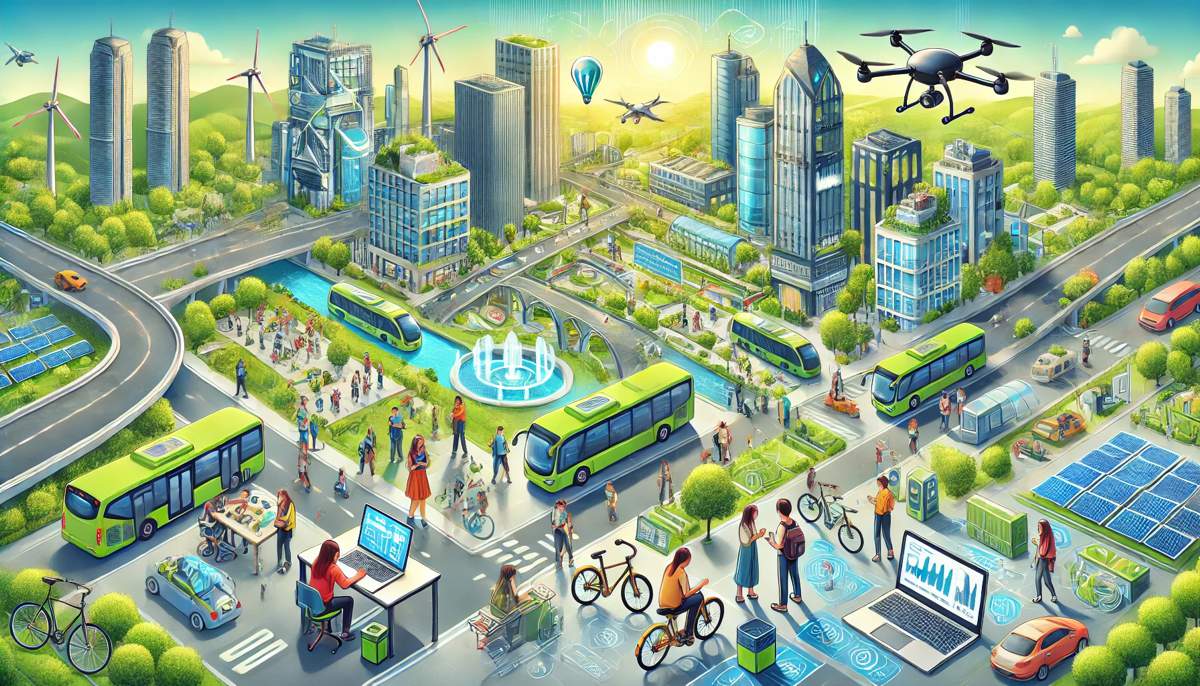
The Future of Student-Led Urban Transportation Innovation
The future of urban transportation is intertwined with the ingenuity and passion of students. As they continue to engage with the challenges and opportunities of urban mobility, we can expect to see even more transformative solutions emerge.
- Interdisciplinary Collaboration: The complexity of urban transportation demands collaboration across disciplines. Students from diverse fields – engineering, computer science, urban planning, social sciences, and more – are coming together to tackle these challenges from multiple perspectives. This interdisciplinary approach is fostering a new generation of transportation professionals who are equipped to address the multifaceted nature of urban mobility.
- Global Impact: Student-led innovation is not limited by geographical boundaries. Through international collaborations and knowledge sharing, students are developing solutions that can be adapted and implemented in cities around the world. This global perspective is essential for creating transportation systems that are responsive to the diverse needs and challenges of different urban contexts.
- Focus on Equity and Sustainability: The next generation of transportation innovators is deeply committed to creating systems that are equitable, sustainable, and accessible to all. Their work is driven by a vision of cities where transportation serves as a force for good, enhancing quality of life and promoting social justice. This focus on equity and sustainability is crucial for ensuring that the benefits of transportation innovation are shared by all members of society.
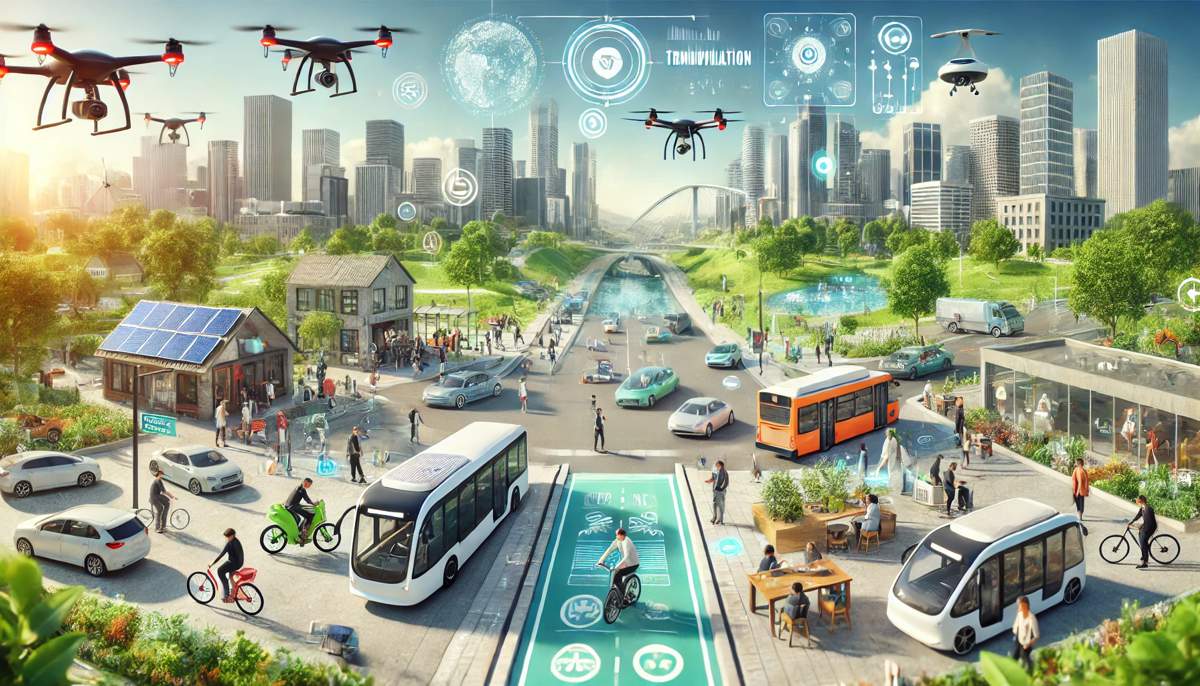
Transportation a Catalyst for Positive Change
Students are not just the future of urban transportation; they are its present. Their energy, creativity, and commitment to solving complex problems are driving innovation and shaping the future of our cities.
As we navigate the challenges and opportunities of the 21st century, student-led innovation in urban transportation offers a beacon of hope for a more sustainable, equitable, and efficient future. By supporting and empowering these young innovators, we can create a world where transportation is a catalyst for positive change, contributing to healthier, more vibrant, and more just cities for all.
